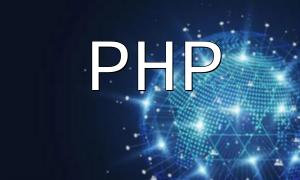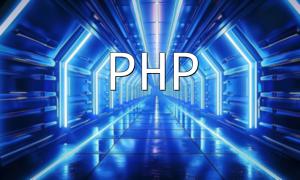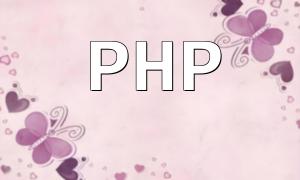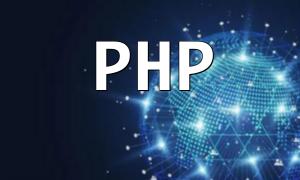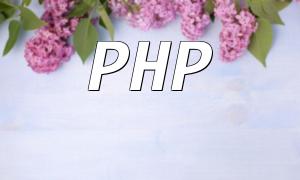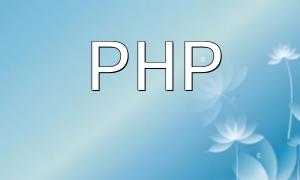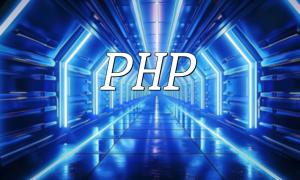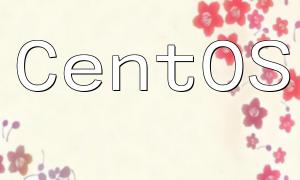With the rapid development of internet technologies, PHP, as an open-source programming language widely used in web development, has seen increasing demand for improving deployment efficiency and stability. This article will introduce several best practices for PHP packaging and deployment, along with relevant code examples.
Version control tools like Git, SVN, etc., can help developers effectively manage code changes. Using version control tools makes it easy to track and roll back code, ensuring that every deployment is a reliable version. Here is an example of using Git for version control:
# Create a new branch locally $ git branch feature/xxx # Switch to the branch $ git checkout feature/xxx # Modify the code # Commit the code $ git add . $ git commit -m "Add feature xxx" # Push to the remote repository $ git push origin feature/xxx
Automation build tools help developers automate the deployment process, including dependency management, compilation, packaging, etc. Some popular automation build tools include Ant, Maven, Grunt, etc. Here is an example of using Grunt for building:
module.exports = function(grunt) {
grunt.initConfig({
pkg: grunt.file.readJSON('package.json'),
// Define tasks
uglify: {
build: {
src: 'src/js/*.js',
dest: 'dist/js/main.min.js'
}
},
cssmin: {
build: {
src: 'src/css/*.css',
dest: 'dist/css/style.min.css'
}
}
});
// Load plugins
grunt.loadNpmTasks('grunt-contrib-uglify');
grunt.loadNpmTasks('grunt-contrib-cssmin');
// Register tasks
grunt.registerTask('default', ['uglify', 'cssmin']);
};
Container technologies like Docker and Kubernetes provide an isolated, scalable, and reusable runtime environment. By using container technology, developers can package applications and their dependencies into an image and deploy/run it anywhere. Here is an example of deploying a PHP application with Docker:
First, create a Dockerfile to build the image:
# Use the official PHP image as a base
FROM php:7.4-apache
# Copy code into the container
COPY . /var/www/html
# Install dependencies
RUN apt-get update && apt-get install -y curl \
&& docker-php-ext-install mysqli pdo pdo_mysql
Then, use the following commands to build the image and run the container:
# Build the image $ docker build -t php-app . # Run the container $ docker run -p 8080:80 php-app
These are several best practices for PHP packaging and deployment. By using version control tools, automation build tools, and container technology, developers can better manage and deploy PHP projects, thereby improving development efficiency and system stability.
